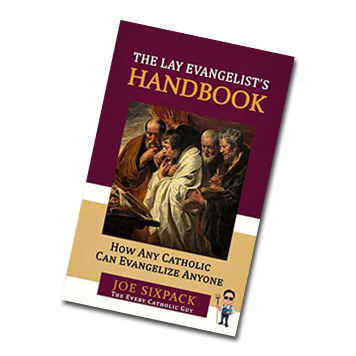St. Albert… Great In Mind And Spirit
By RAY CAVANAUGH
St. Albert the Great a/k/a “Albertus Magnus” — the patron saint of scientists — felt that each newly discovered fragment of scientific knowledge revealed something about the mystery of the Creator. His feast day is November 15.
Albert was born to a family of minor nobility in Lauingen in the Bavarian region of Germany. His date of birth is unknown: Historians have given different years, ranging from 1193 to 1206. It is known that he had a younger brother who joined the Dominican order, and he might have had one or possibly even two sisters who became nuns.
Albert studied liberal arts at the University of Padua, before joining the Dominican order there. Shortly after 1240, he headed to the University of Paris, which then was the preeminent intellectual venue in the Christian world.
With his enhanced access to scholarly materials, Albert undertook a work that presented basically the whole corpus of Western knowledge. For two decades, he labored at this Herculean task. During this time, he also taught another great Catholic mind, the future saint, Thomas Aquinas. They probably first connected in Paris, but Albert also tutored him in the German city of Cologne, which later became his home.
Albert held positions in Church hierarchy and served as the bishop of Regensburg, Bavaria. But he resigned from this position so he could return to Cologne and resume his pedagogic career and scholarly pursuits.
Among these pursuits were his 45 volumes of commentary on Aristotle. Albert succeeded in making Aristotle’s works — which previously had been banned — acceptable to the Church curriculum. Though he was clearly one of Aristotle’s greatest champions, he did not always agree with the Greek master and rejected his view of the world lasting forever.
Albert wrote even more extensively on sacred subjects, such as the Gospels and Psalms, along with the Apocalypse. He additionally wrote seven volumes on plants, five volumes on minerals, and a book on birds with special emphasis on falcons and hawks.
“No medieval schoolman wrote at greater length and on more diverse subjects than Albert,” related Thomas M. Schwertner in his biography St. Albert the Great, which adds how the saint’s “body of writings is the most colossal encyclopedia ever undertaken and carried through by a single individual.”
Albert also dissected animals so as to learn about their anatomy. And he even conducted experiments with arsenic, the discovery of which has been credited to him. His scientific aptitude led some to suspect him of being a wizard, and books on alchemy have been falsely attributed to him.
Though it’s unlikely Albert was a wizard, he was indeed a frequent traveler — one who decided that riding a horse was too much of a luxury and insisted on covering long distances by foot, a practice that earned him the nickname “boots the bishop.”
Upon reaching any destination that had a library, he would thank God for completing his journey safely before heading to the books to see if there were any he had not yet encountered. “Often his candle burned late into the night as he copied long passages of interest to him that could be used later,” wrote James A. Weisheipl in Albertus Magnus and the Sciences, a book of essays published in 1980 to commemorate the 700th anniversary of Albert’s death.
He spent his elder years in Cologne, teaching as well as composing original works and editing existing ones. A sure sign of the respect he commanded was that the word “Magnus” (or “Great”) was added to his name while he was still alive.
Albert likely became senile before his death, though historians have disagreed on the duration of his senility. At the start of 1279, with his health in decline, he composed his last will and testament. He died in Cologne on November 15, 1280.
In the following century, Dante Alighieri’s Divine Comedy placed Albert and his former student, Thomas Aquinas, together in the Heaven of the Sun. Aquinas’ legacy would eventually outshine that of his teacher. This especially has been the case in the English-speaking world, seeing as how most of the works written about Albert were in French or German.
Albert has not gone overlooked by his Church, though. In 1622, he was beatified by Pope Gregory XV. More than three centuries later, on December 16, 1931, he was canonized by Pope Pius XI and designated as one of 36 Doctors of the Church.
Exactly ten years after Albert’s canonization, Pope Pius XII proclaimed him “forever the patron before God of students of the natural sciences.” This proclamation came nine days after the attacks on Pearl Harbor, when, as Weisheipl pointed out, “the whole world was at war and far too busy to be concerned about a medieval saint.”
Albert’s name is used by many schools, including Albertus Magnus College in New Haven, Conn., and Albertus Magnus High School in Bardonia, N.Y., along with The Saint Albert the Great Science Academy in the Philippines. Other institutions have named halls and buildings in honor of this saint who, among many achievements, helped make the natural sciences a valid undertaking for Christians.










